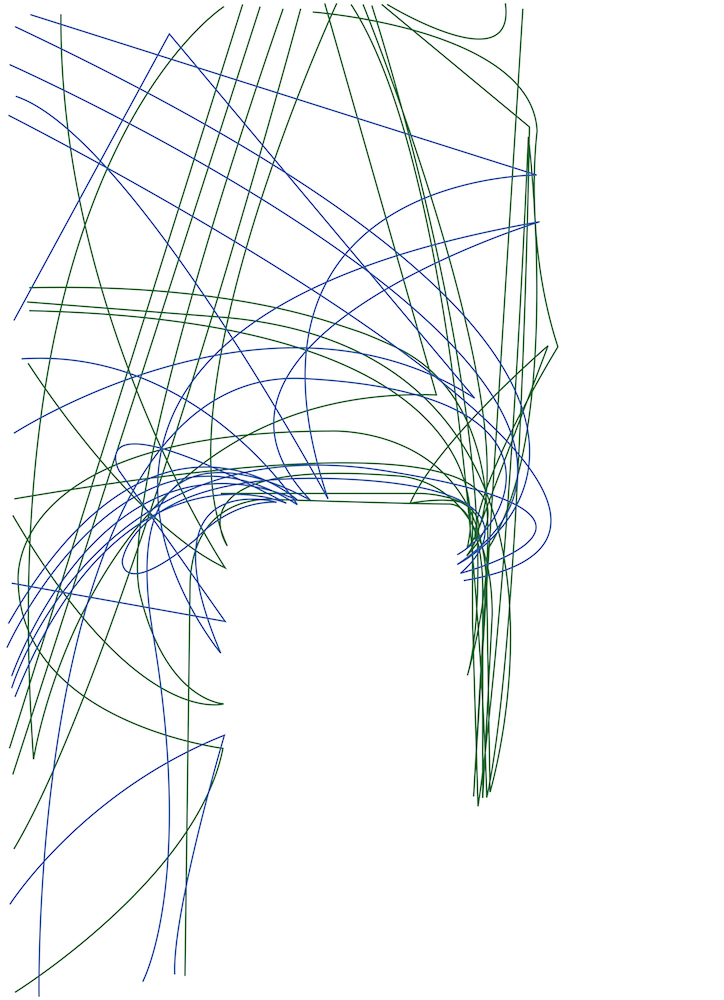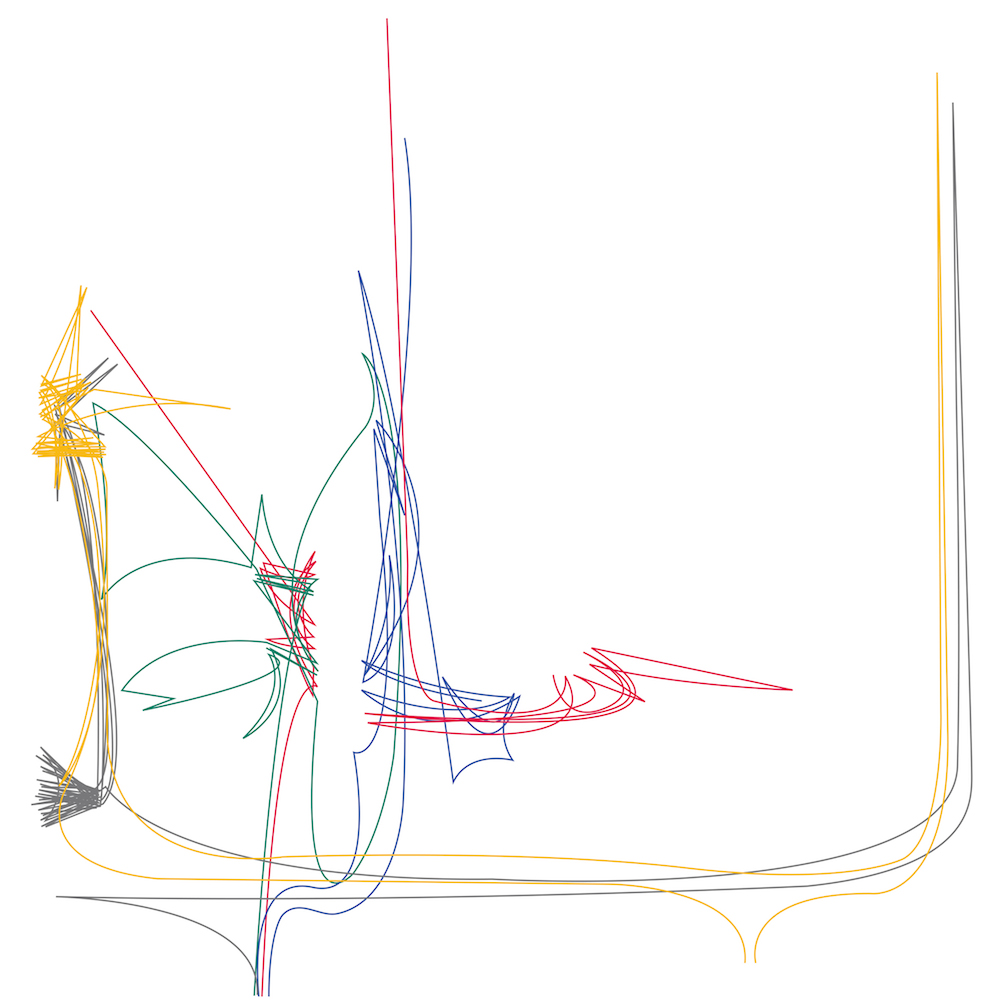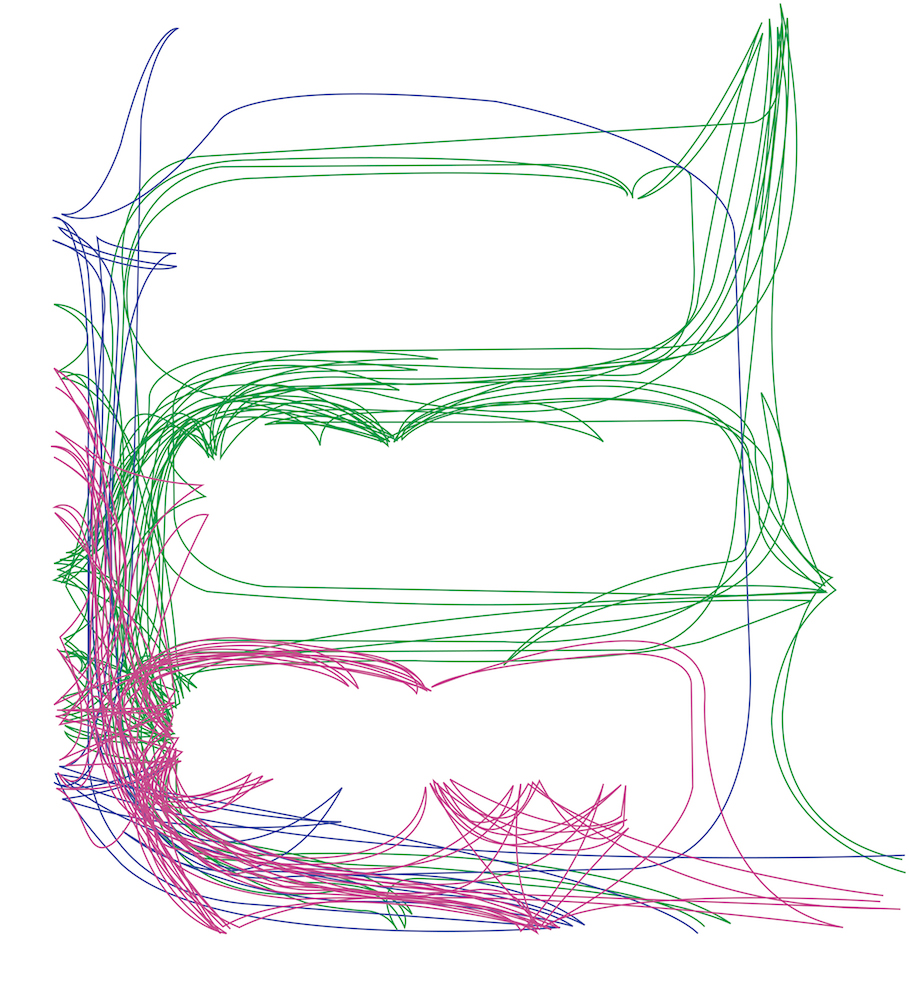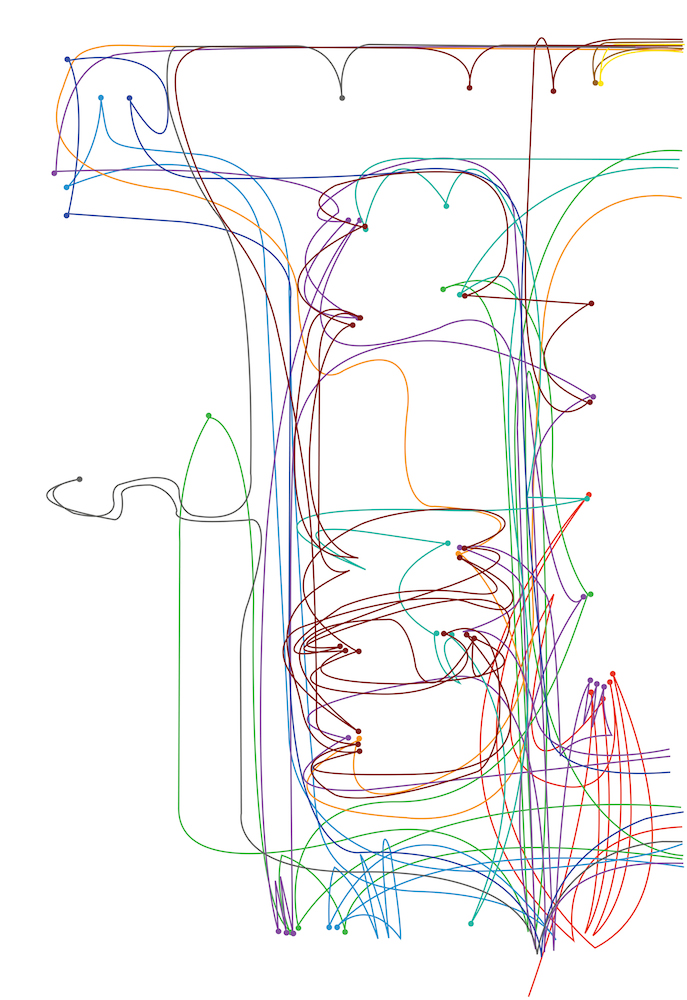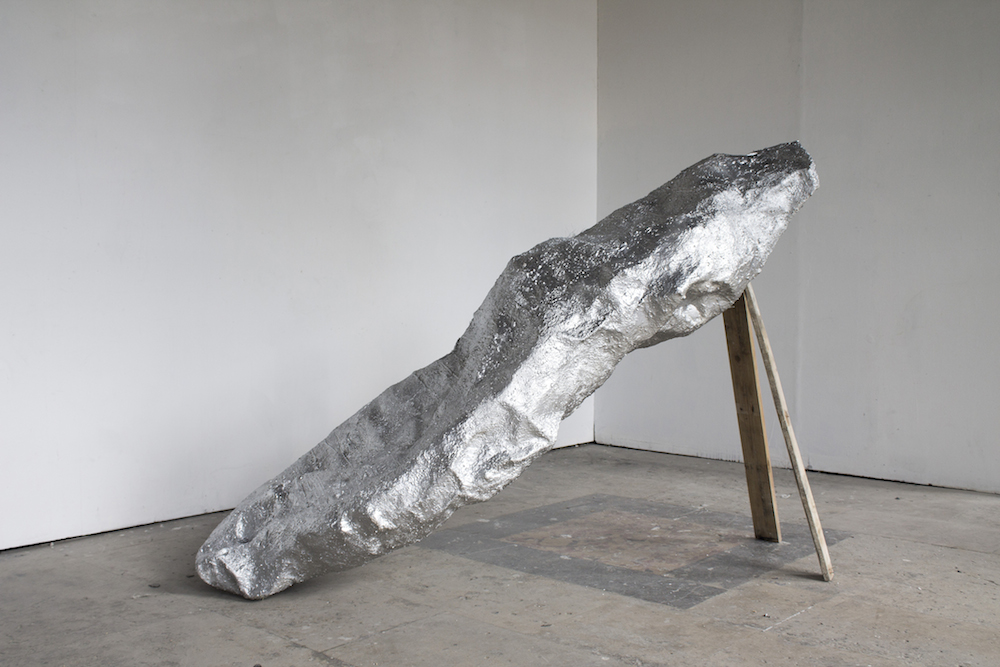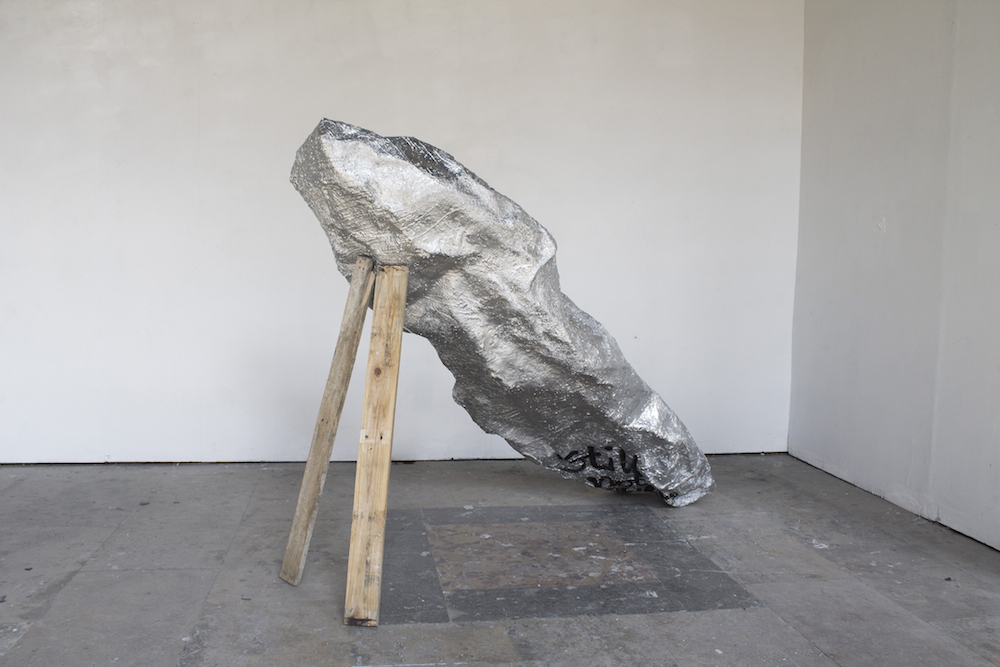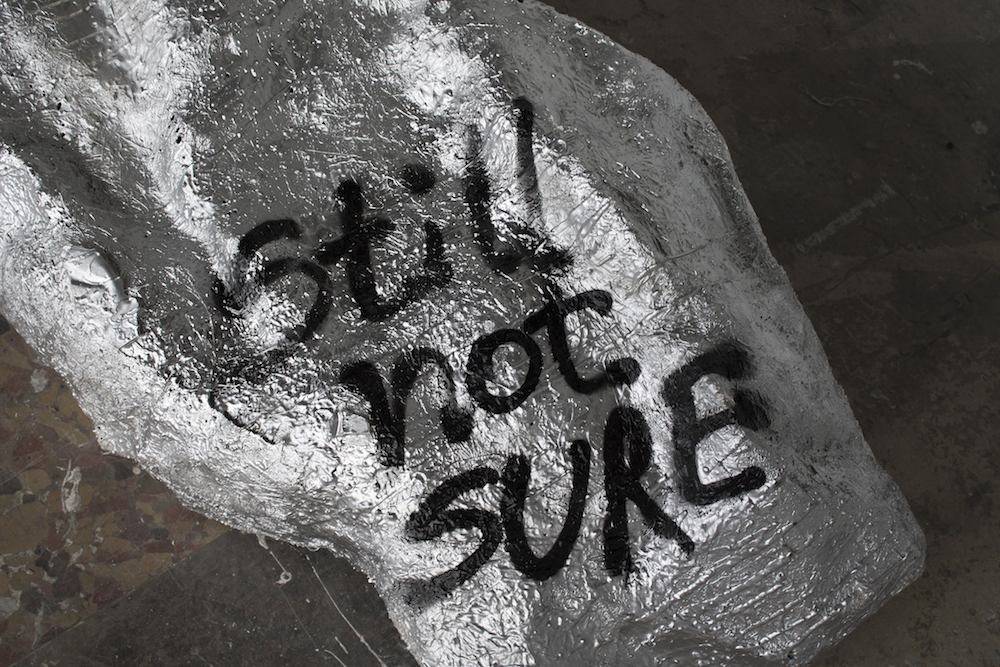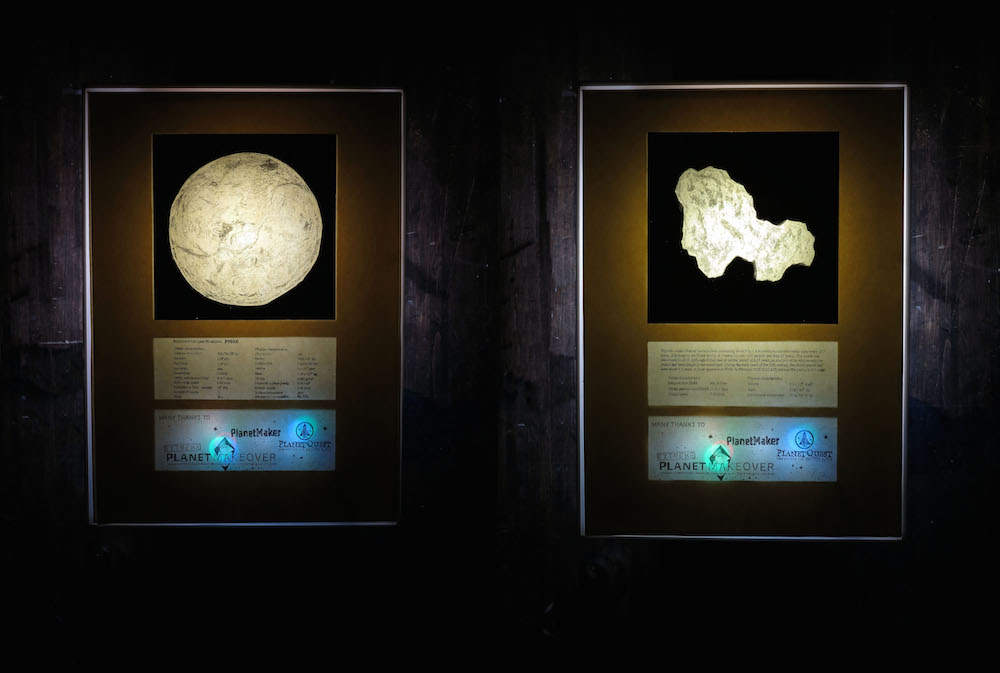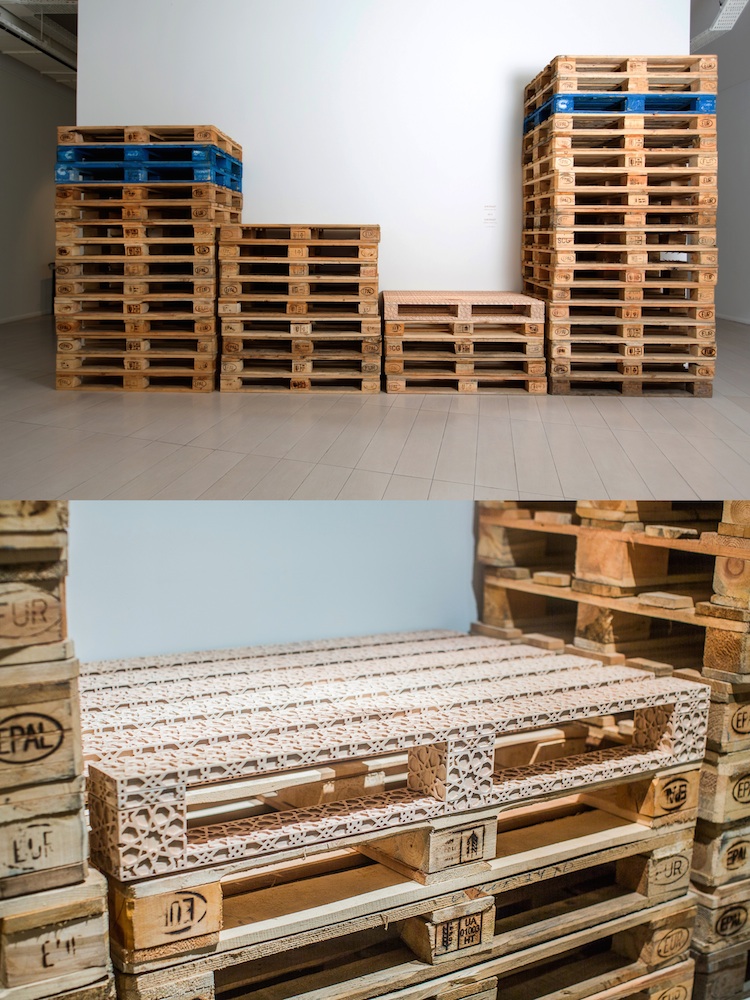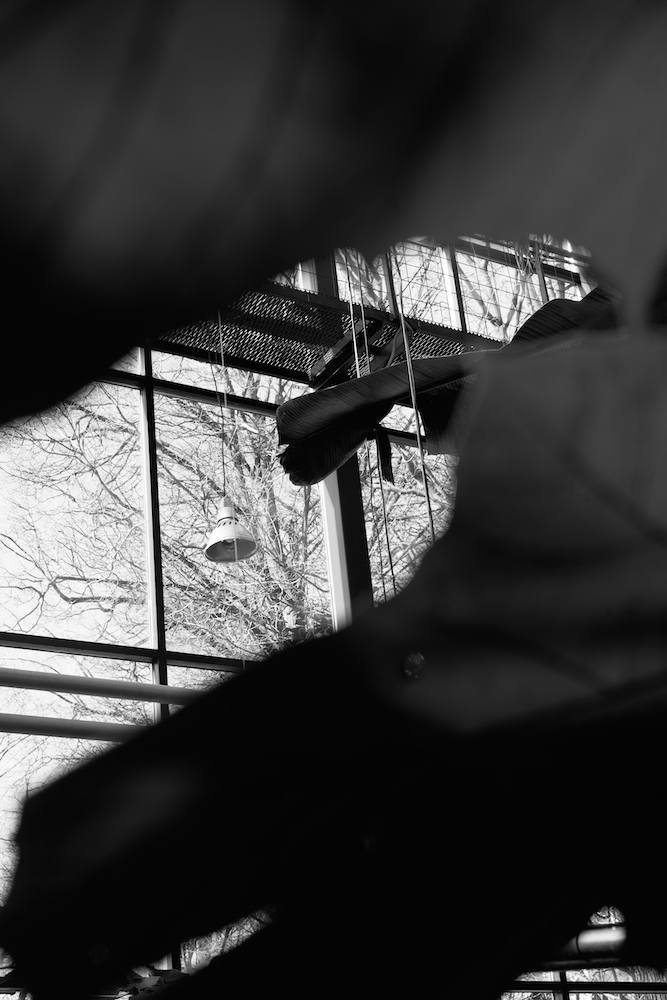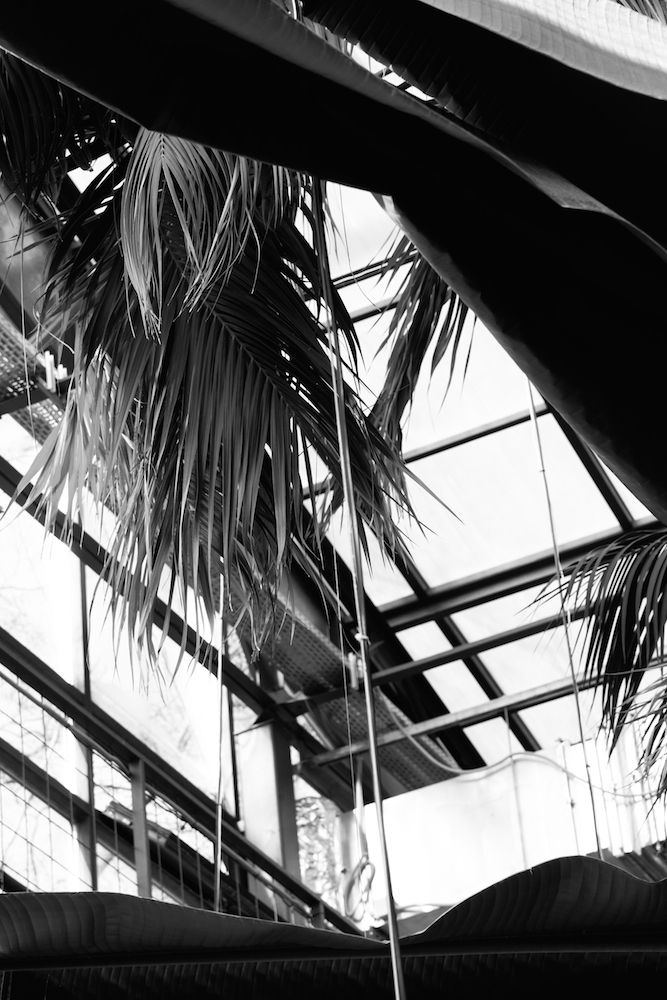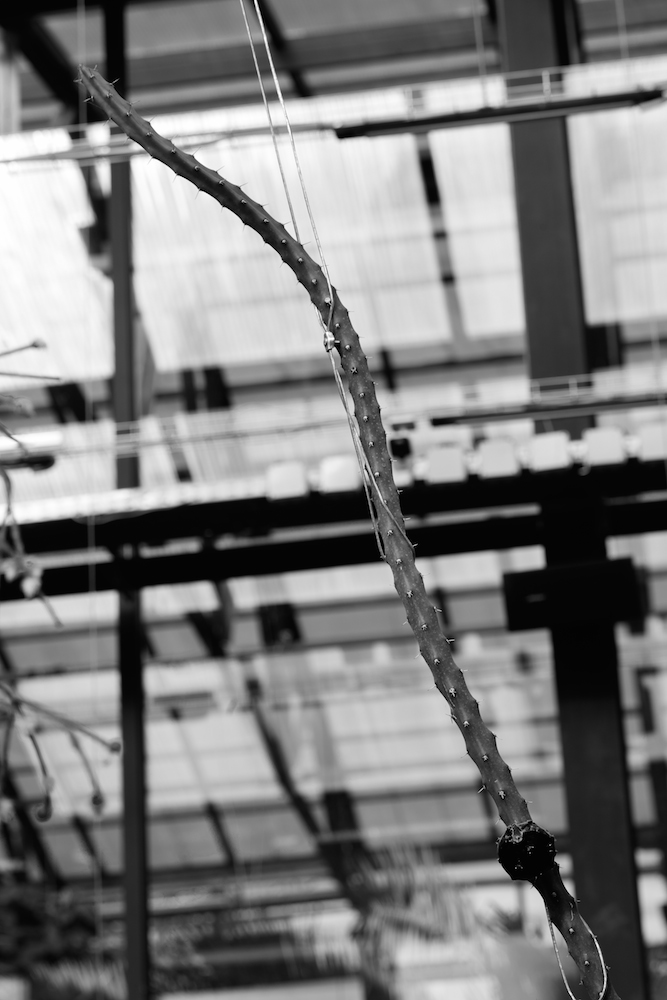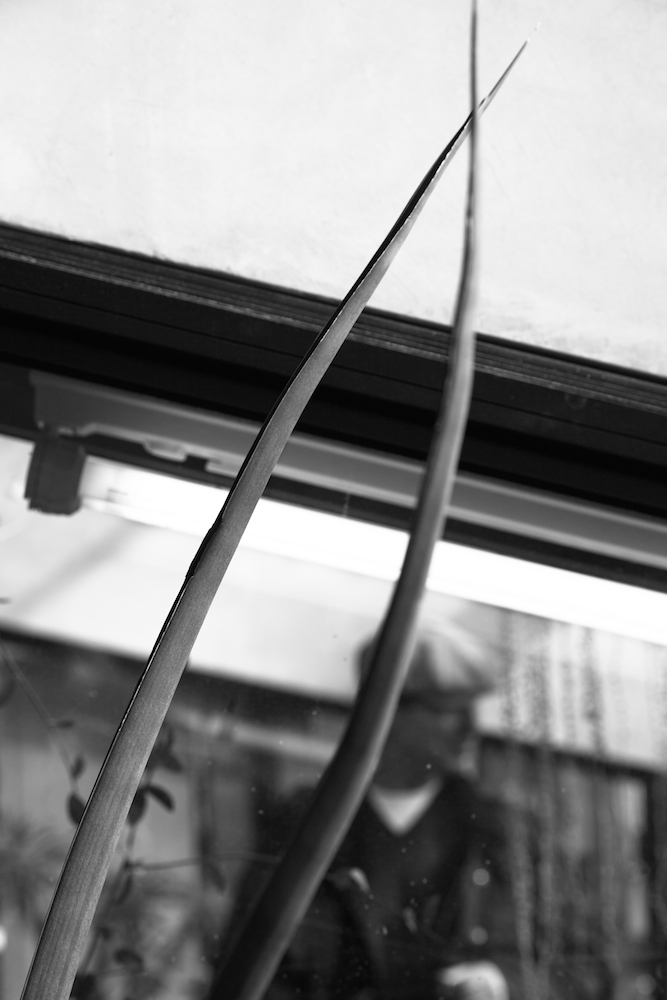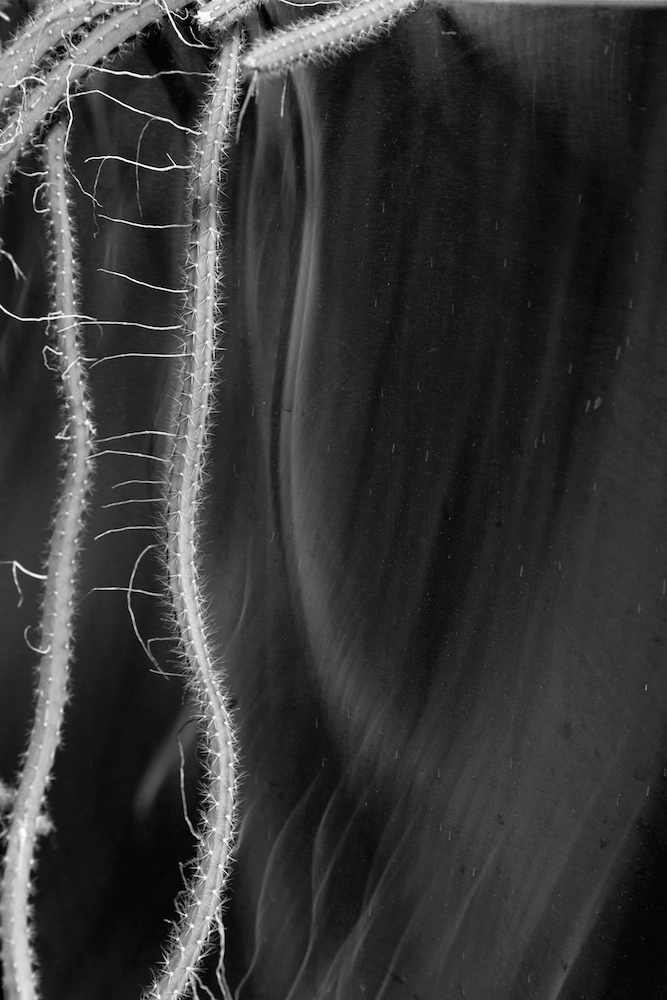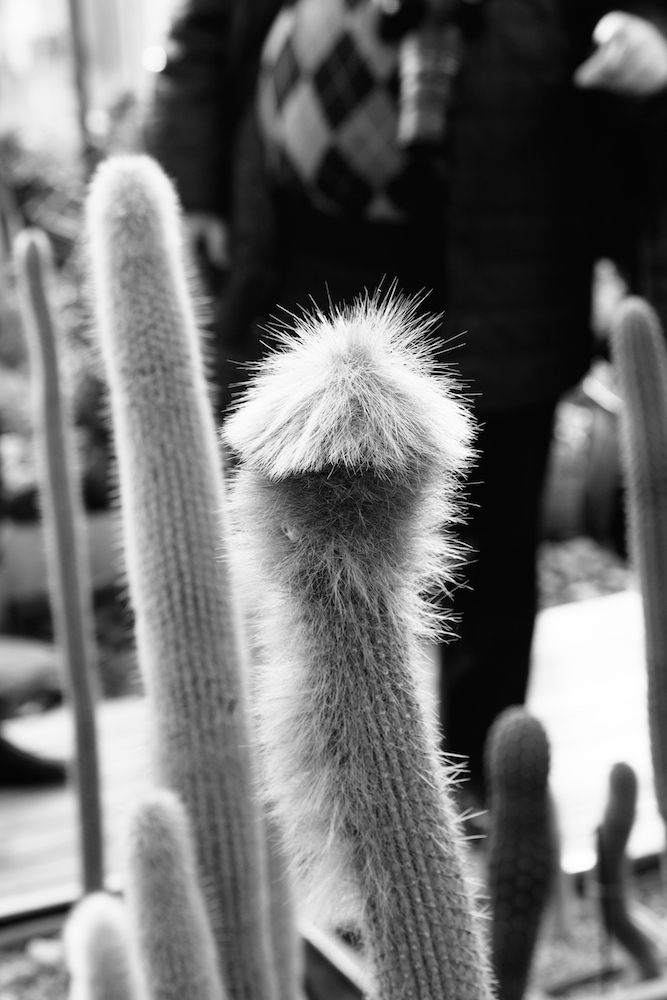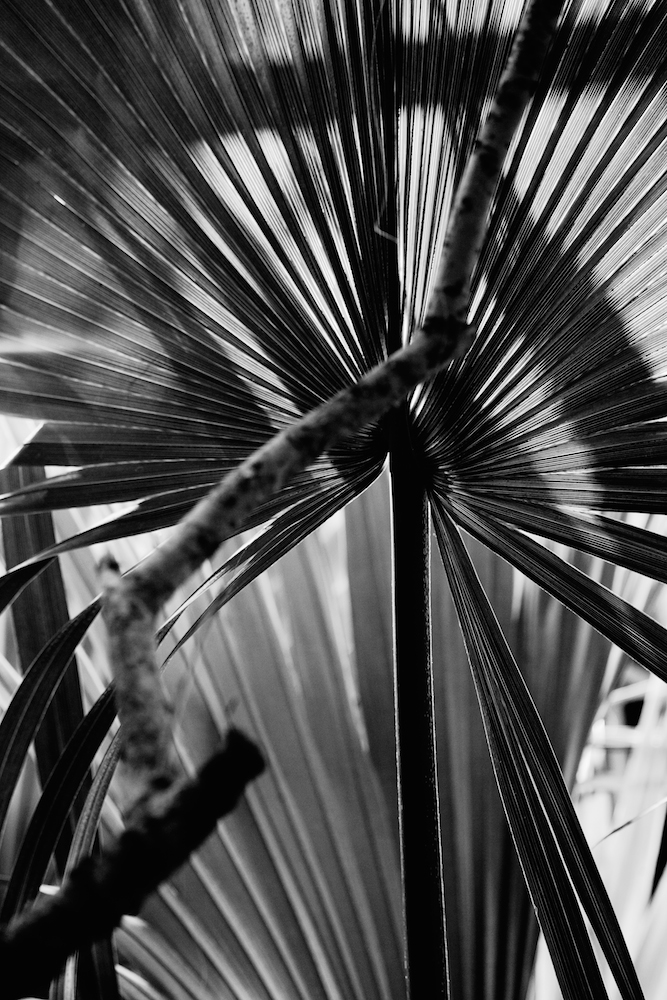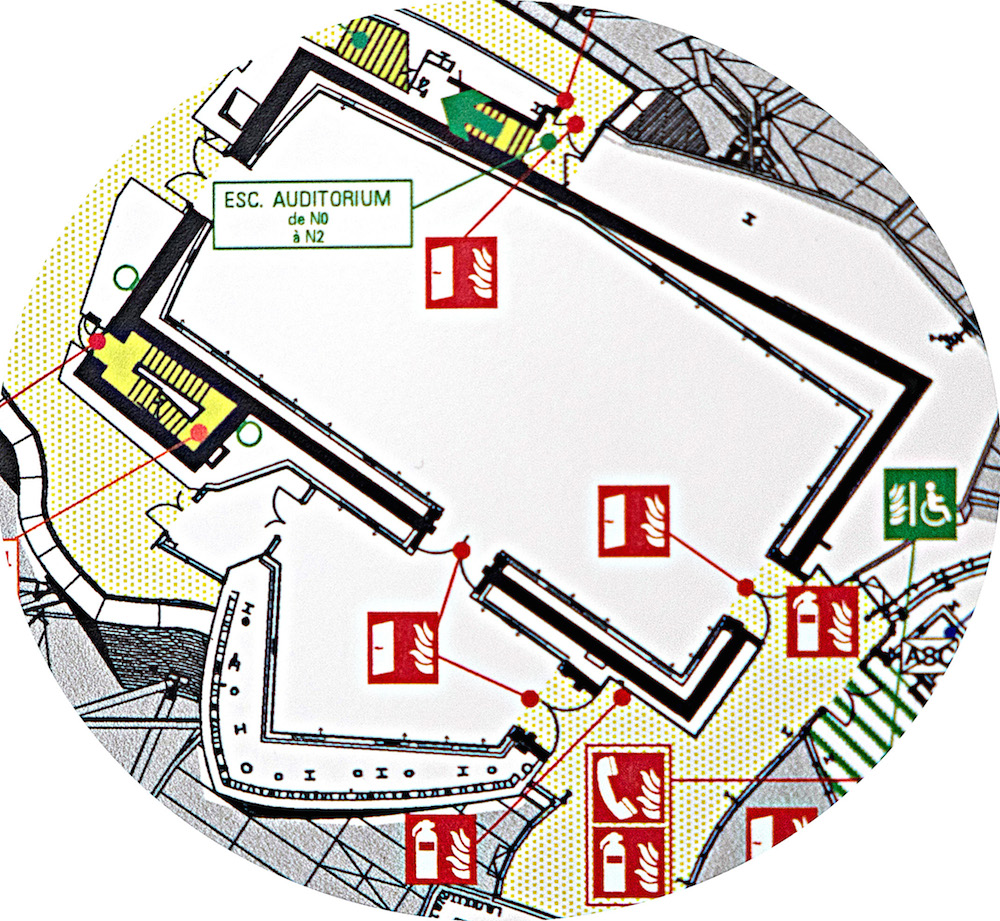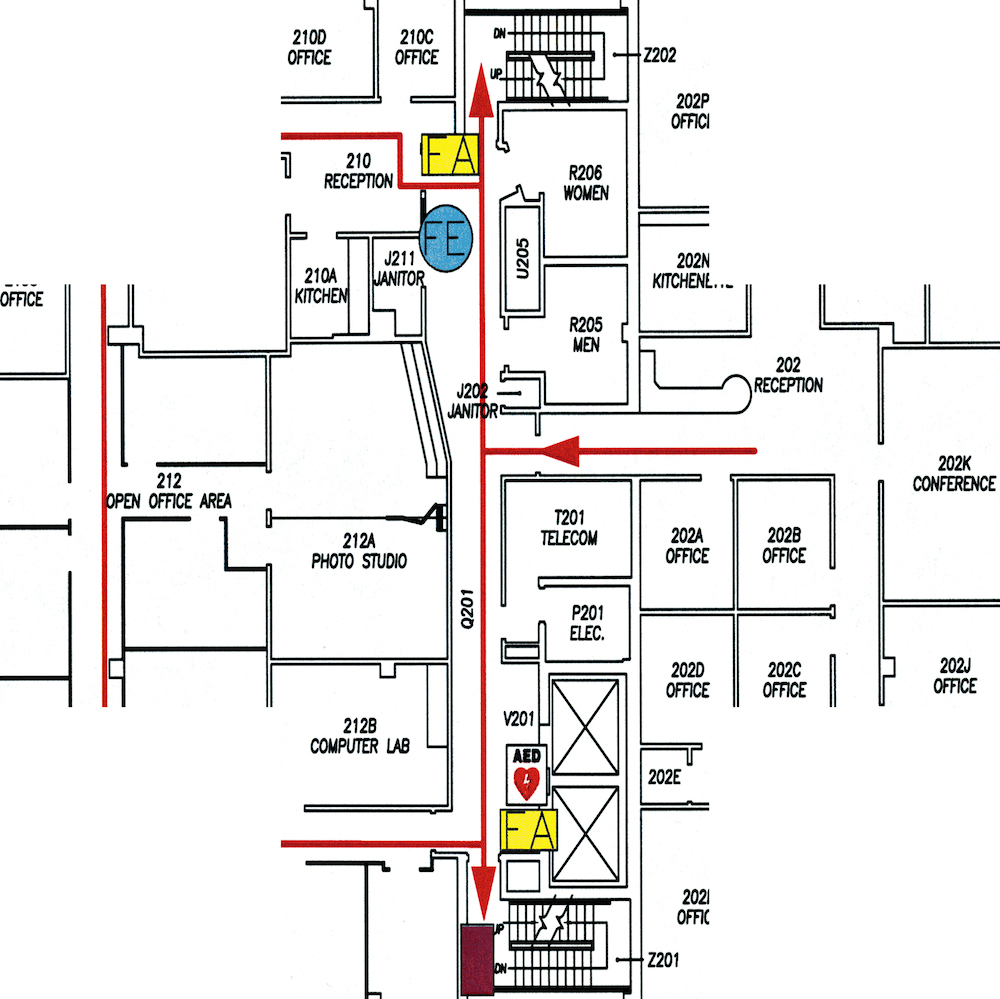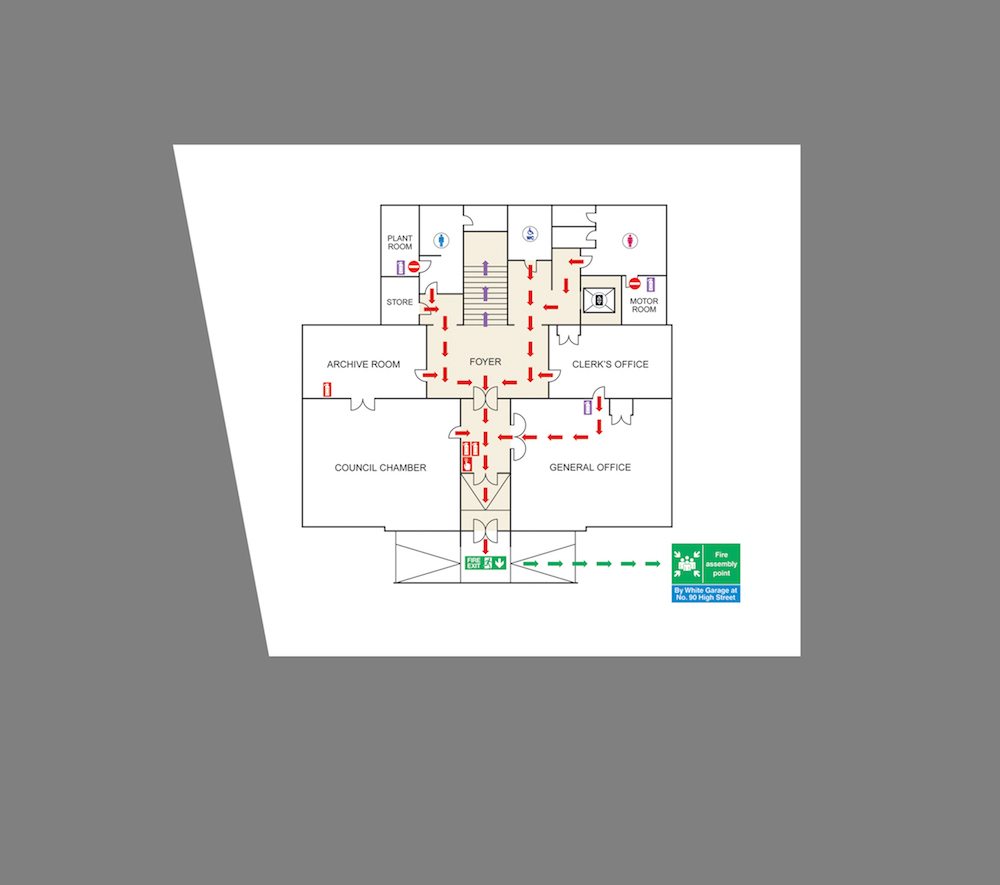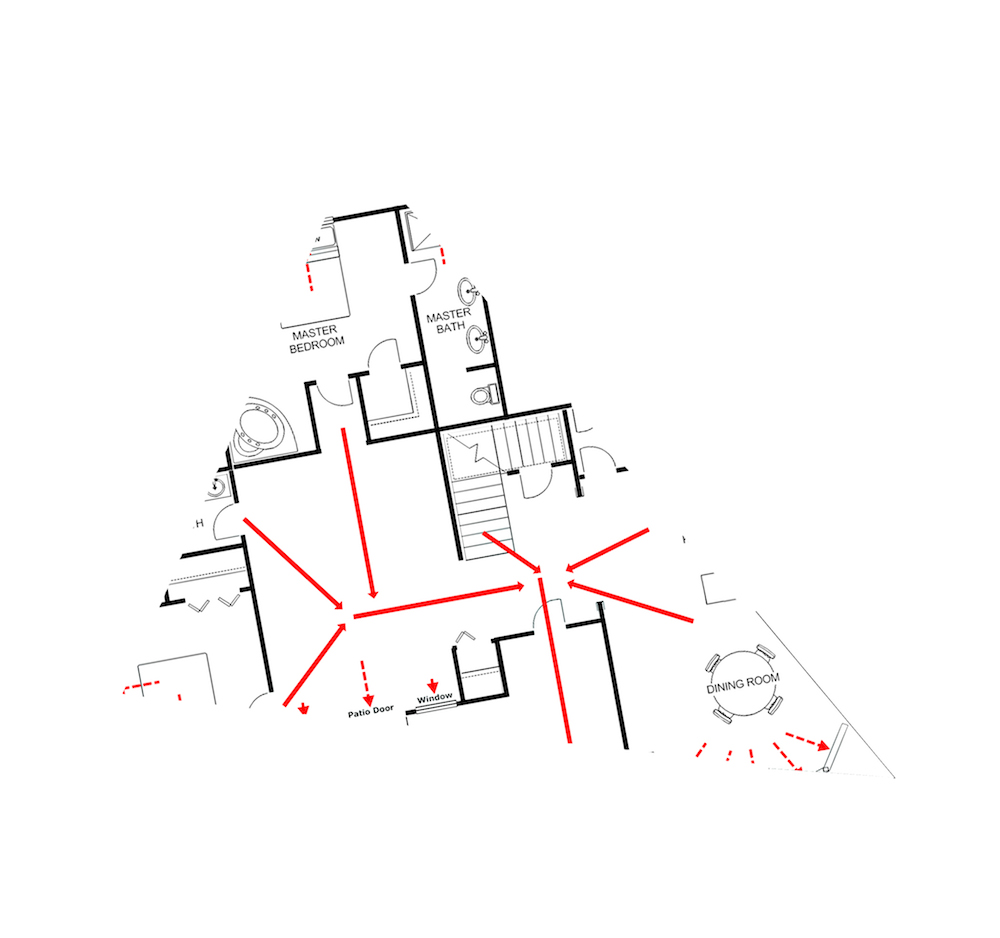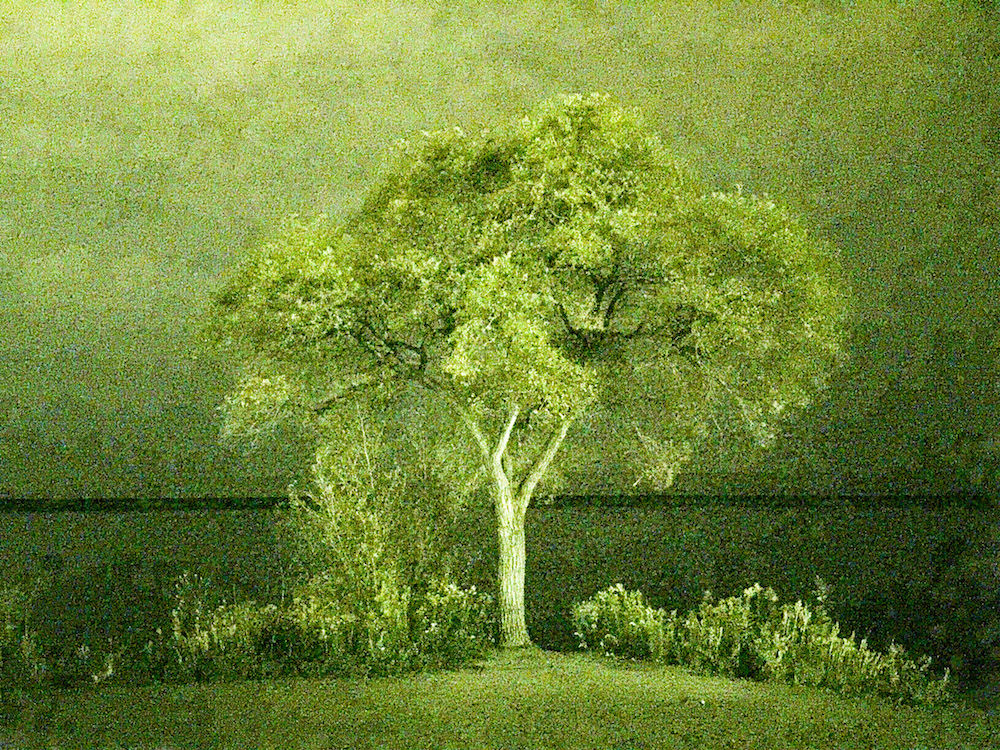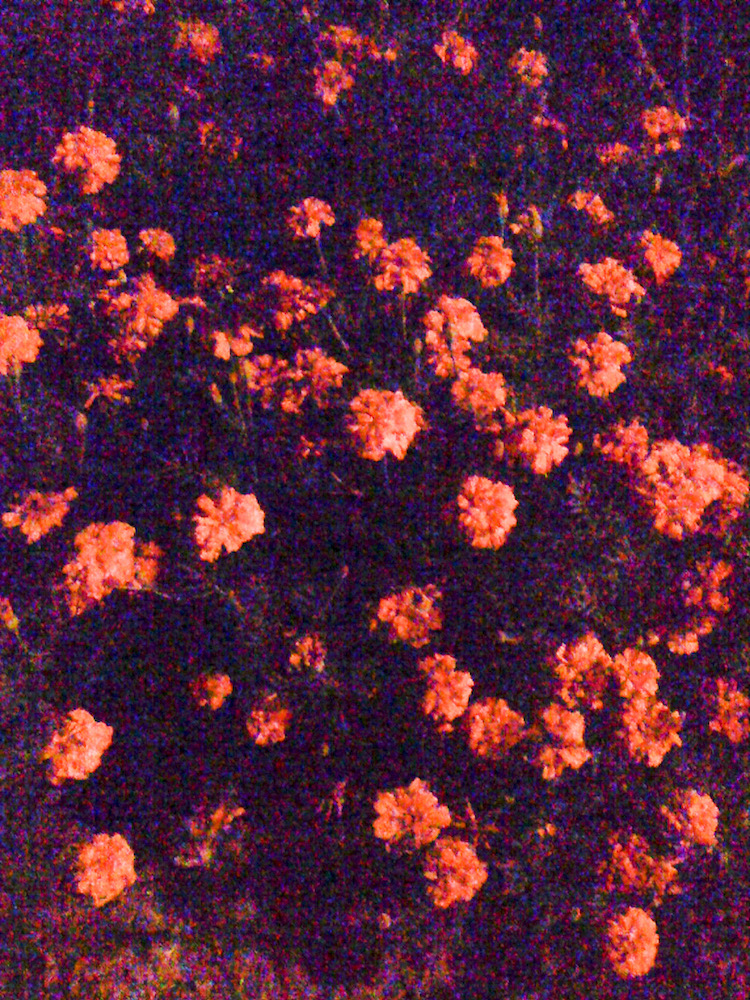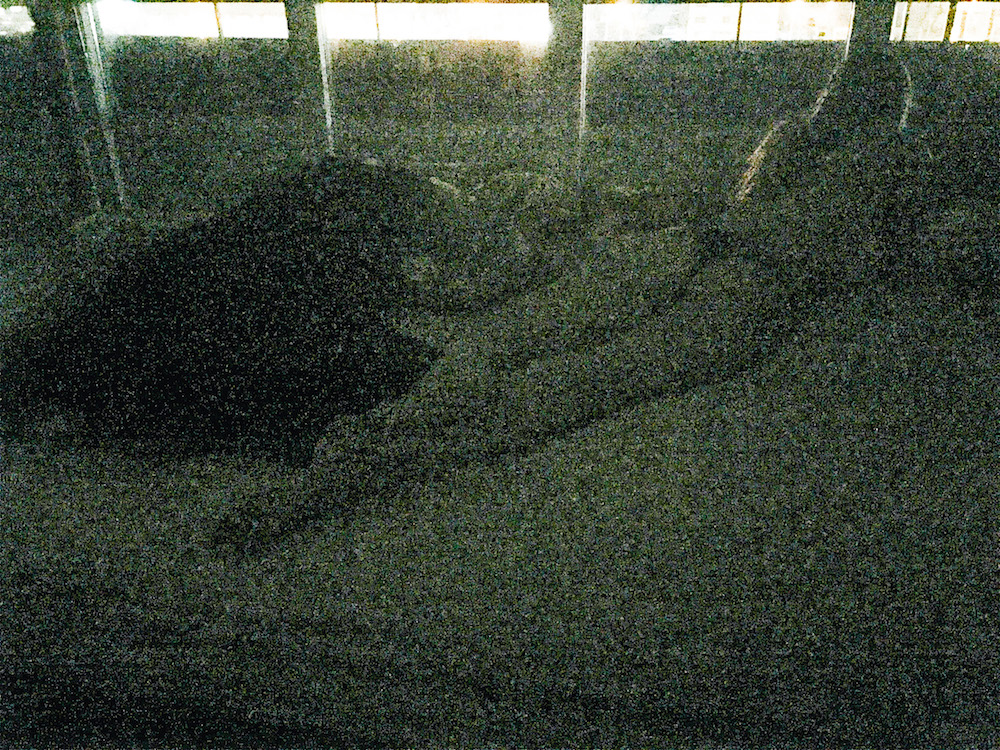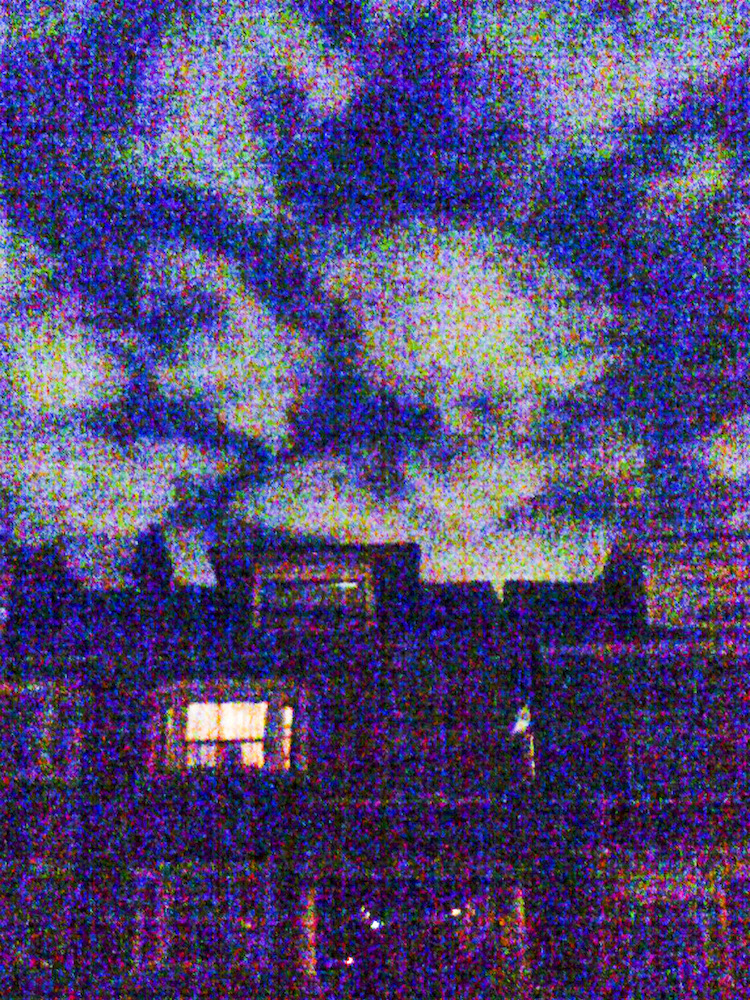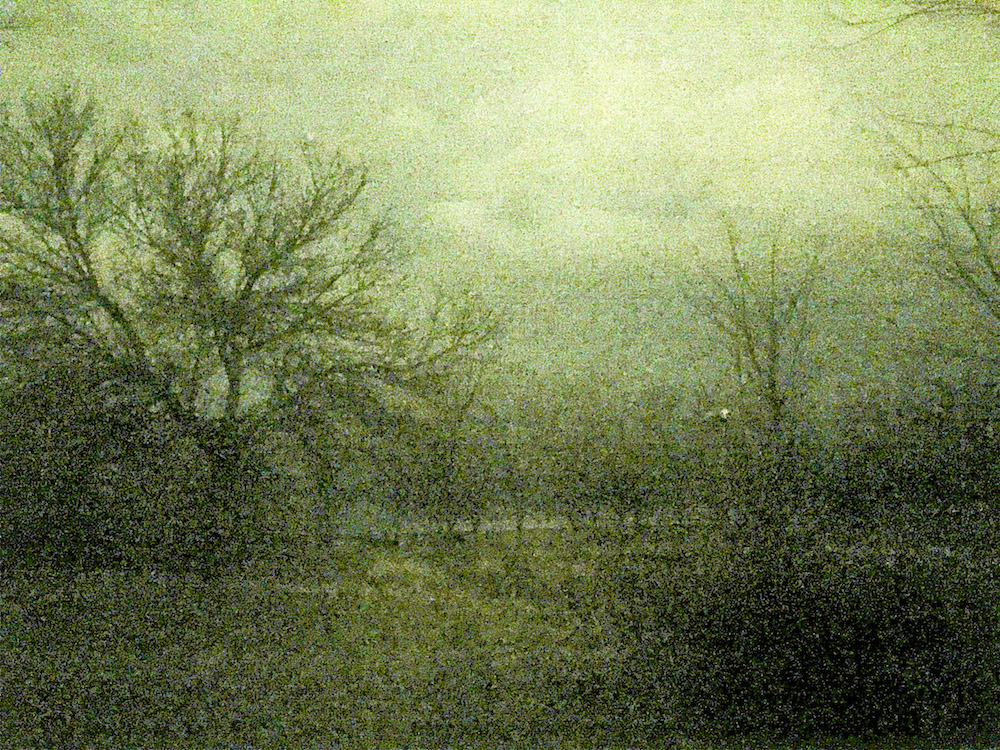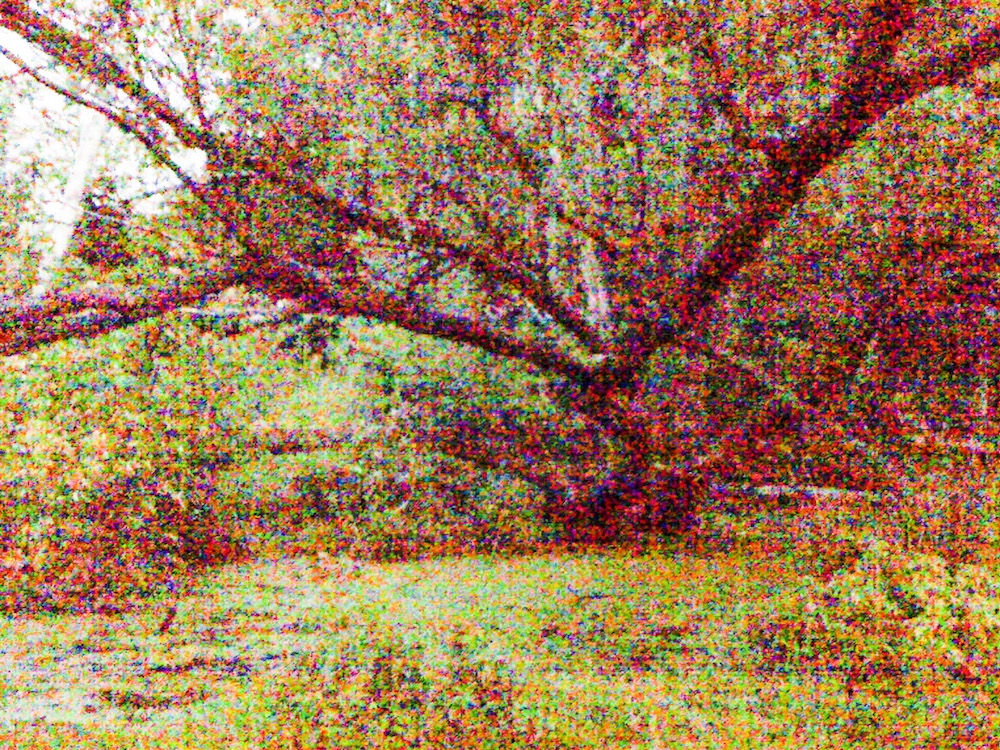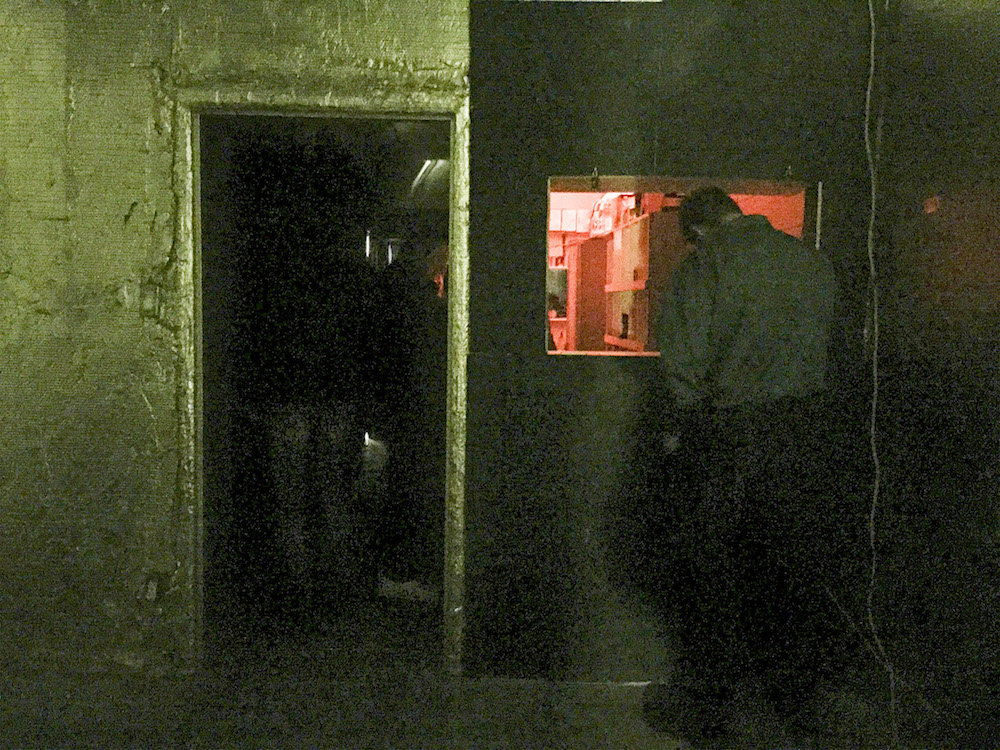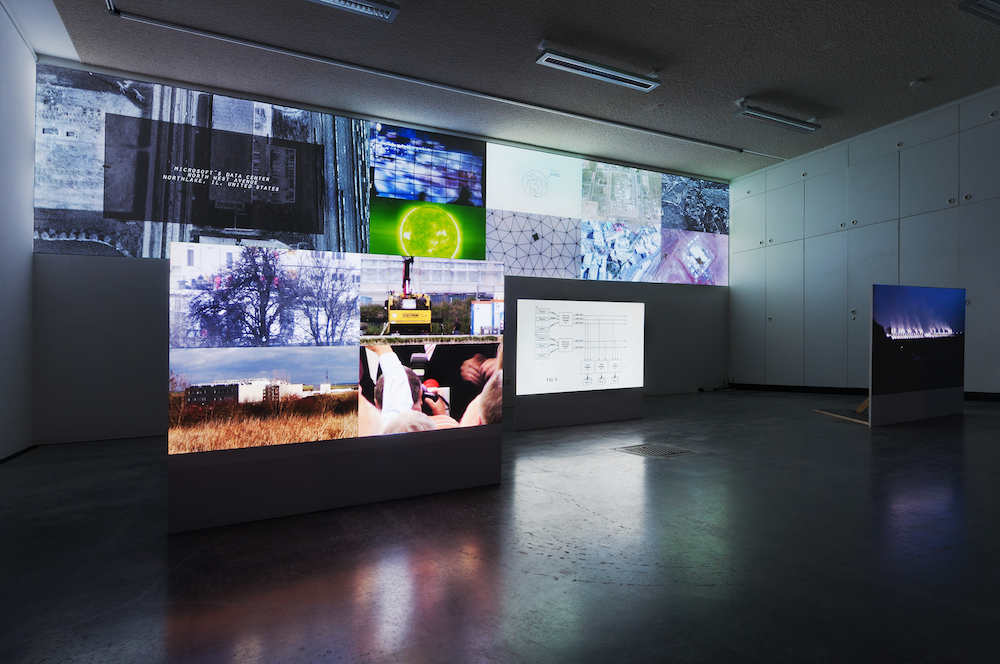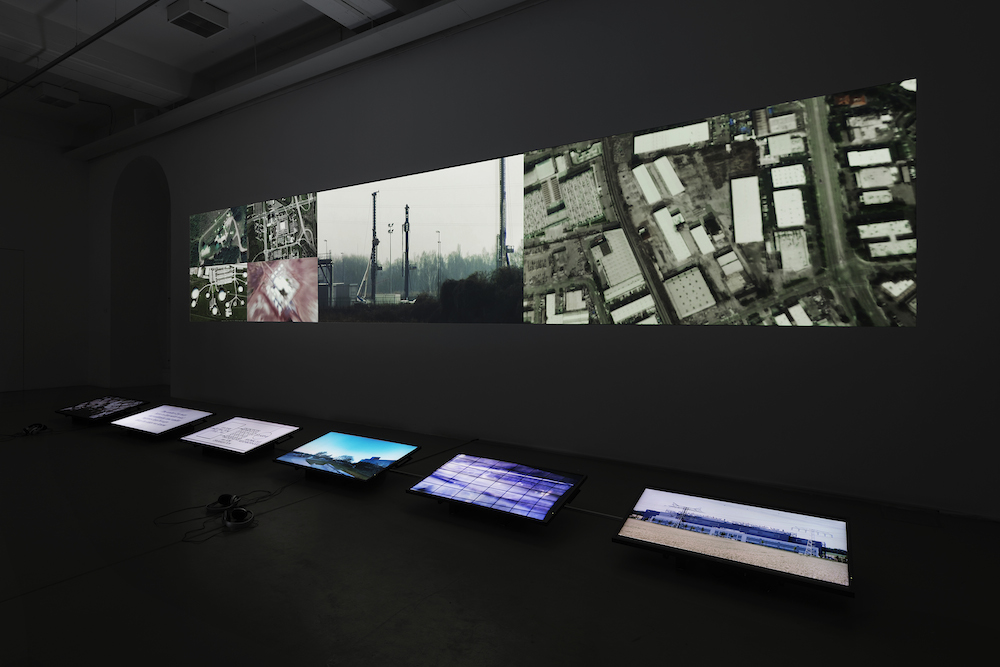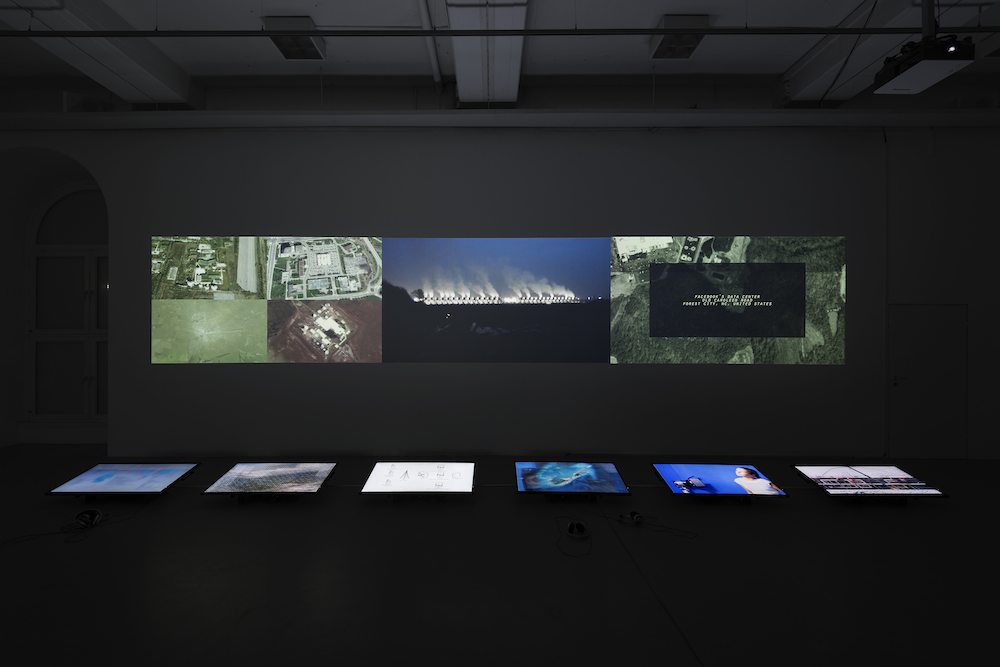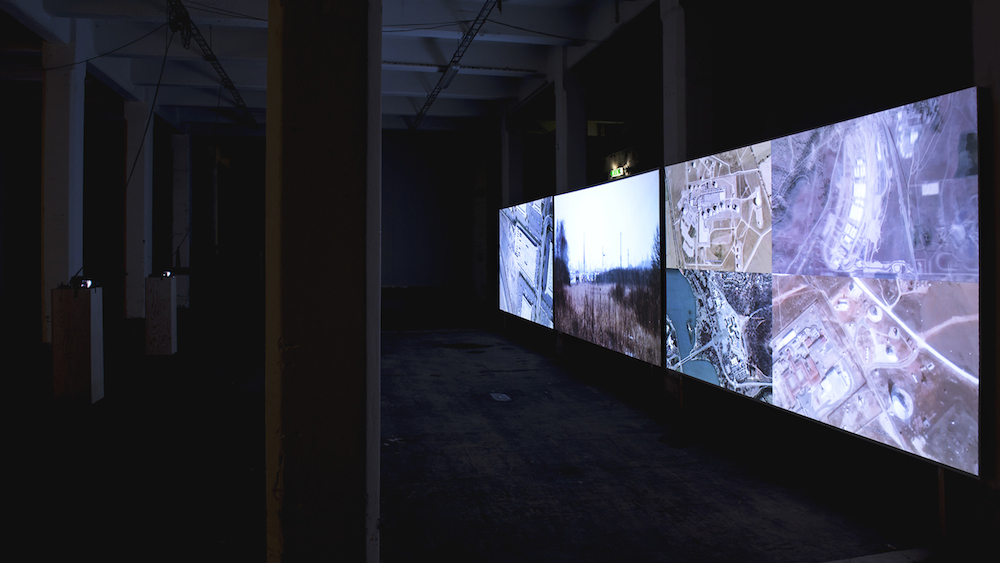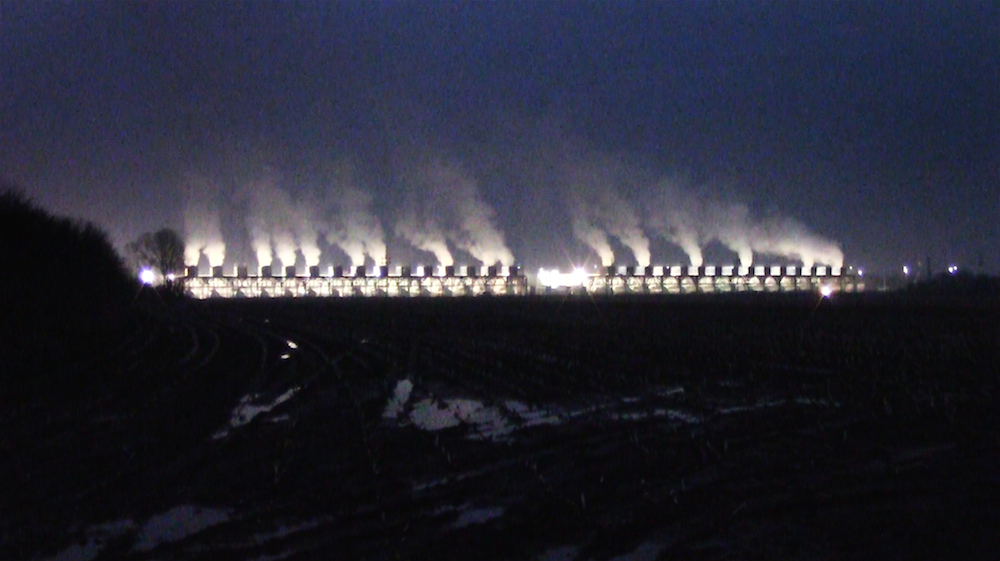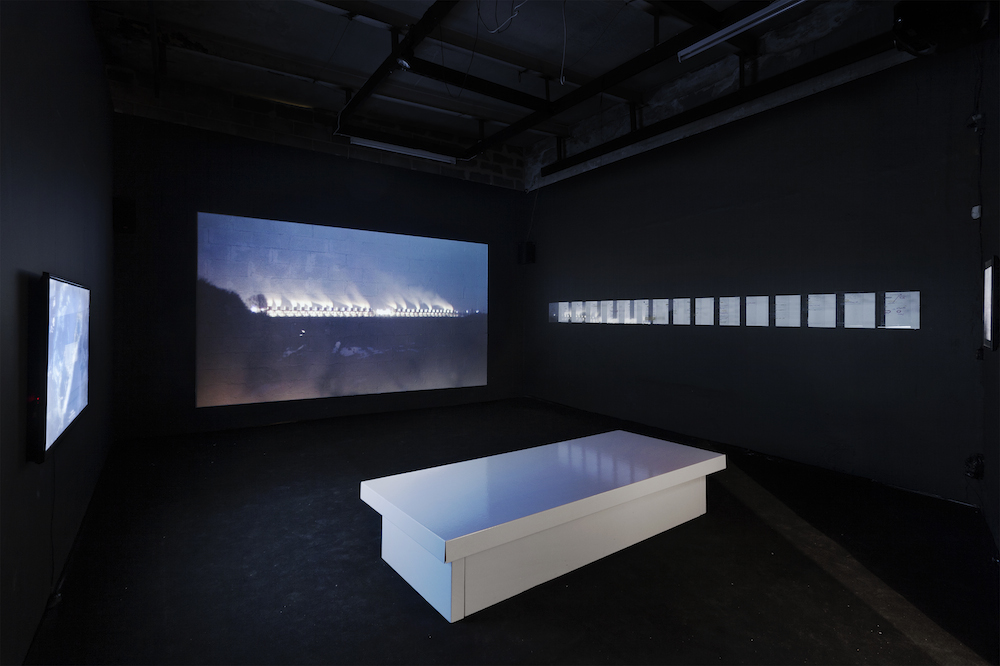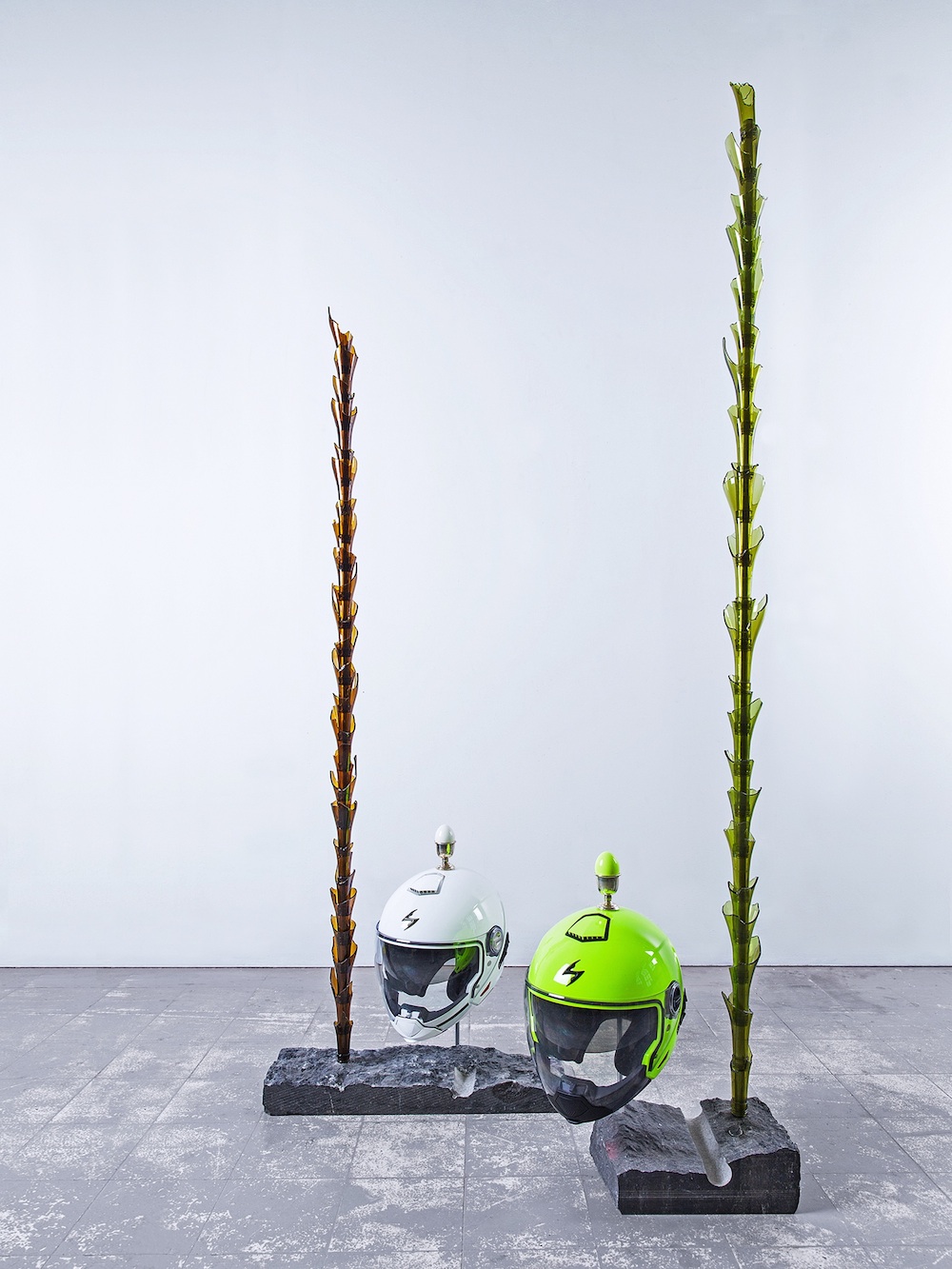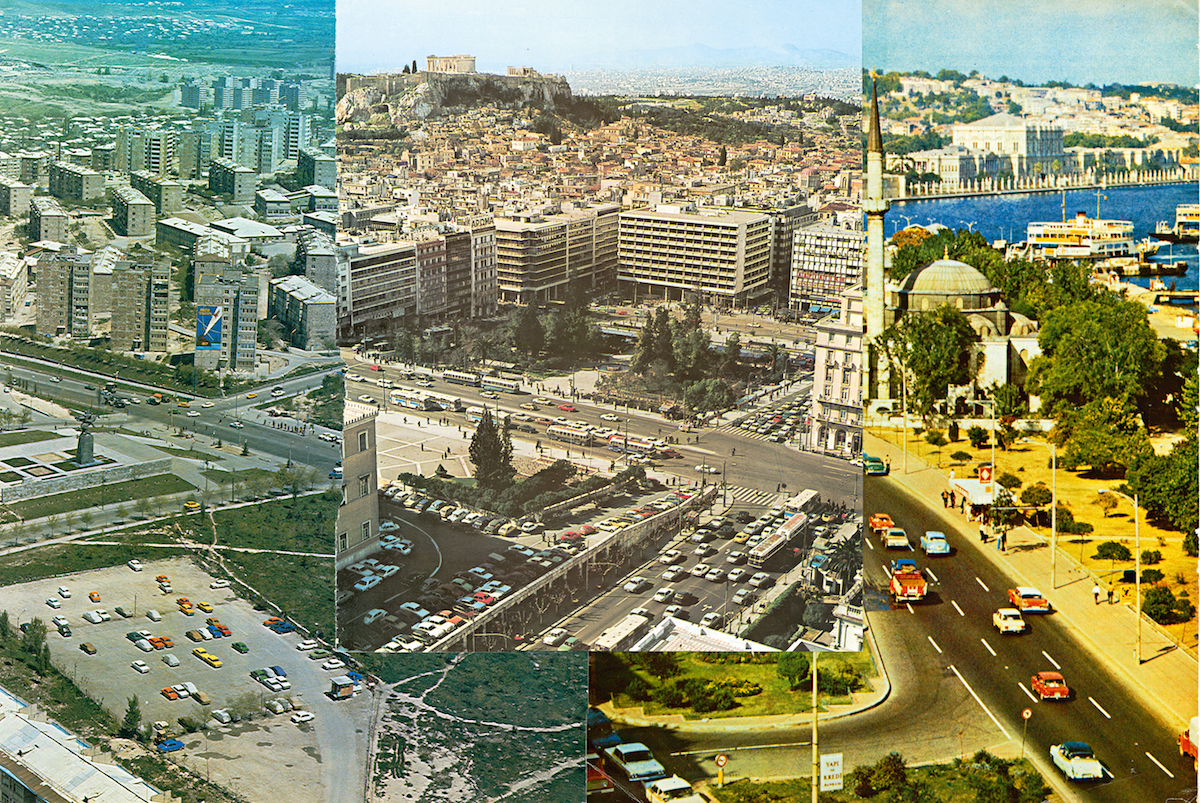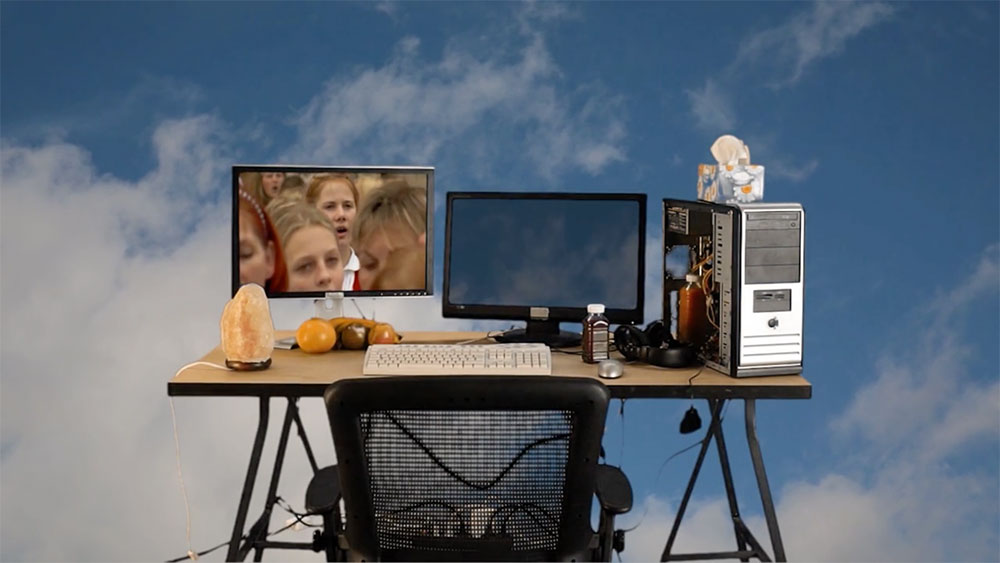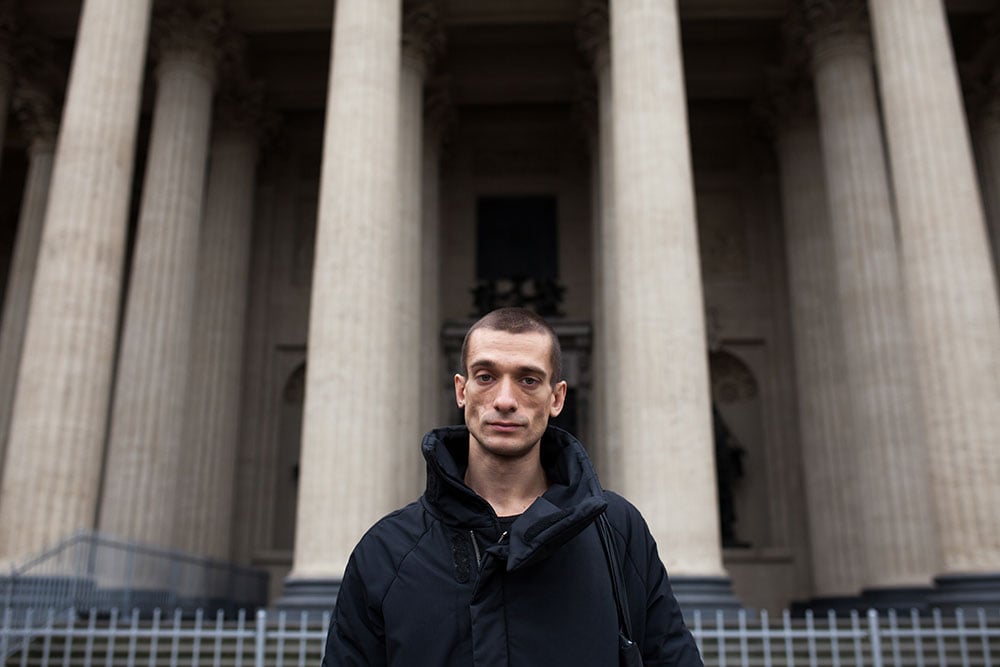Future present: ten rising stars at the Moscow Young Art Biennale
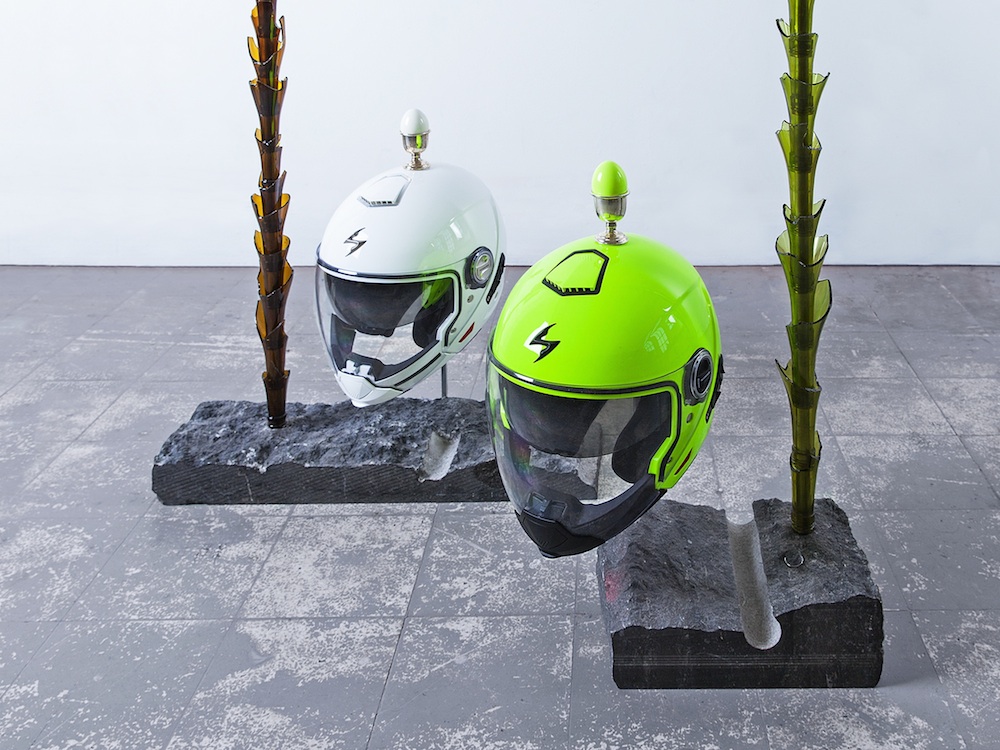
As the 5th Moscow International Biennale for Young Art opens this Friday, we bring you some of the most promising names on show from across the new east. Their work examines some of the most complex issues of our time, from big data and surveillance to the false promises of the net
The 5th edition of the Moscow International Biennale for Young Art is taking place from 1 July—10 August at the Trekhgornaya Factory, one of Moscow’s oldest textile mills. Its title, Deep Inside, was chosen by its curator Nadim Samman to explore the most challenging cultural developments of our time, as well as the dangers presented by new technologies and social instability. The main exhibition features 87 works by 93 artists under 35 years old, selected from over 2000 applications, tackling pressing issues in ecology and economics, the complexity of the net, and the interplay between transparency and opacity in the era of big data. “Set against the challenge of dealing with climate change, the vagaries of a global economy, social instability, and the moral fallout from the information revolution, the poetry of escape grows ever more seductive,” Samman said in a curatorial statement. “Lust for an absolute outside powers fantasies of emigration to unspoiled beaches, and exotic schemes to colonise Mars. But what if such visions are traps and not an escape? What if the ticket price is too high?”
We have selected ten emerging artists from the new east featured in the biennale who are reimagining the radical, impressive, and ominous inside of our present.
Olga Butenop, Russia
Olga Butenop is a Moscow-based mixed-media artist whose works address subjects from memory and desolation to contemporary consumerism and all-pervading surveillance. Influenced by her previous studies in biology, she is applying a scientific approach to the creative process. For her work Free Space (2015), Butenop used several unsecured surveillance camera feeds to show how easily people’s lives can be freely watched by anyone in the world. She transformed videos from a student gym, glass factory and laundry in the USA, a children’s shop and coffee shop staff room in Vietnam, and a doctor’s office in Finland into six abstract images describing the movements of people in a closed space. She also conducted a poll among users of different web blogs and forums about their attitude towards people who navigate the web specifically in order to connect to this sort of surveillance — and presented it in a ten-minute video.
Ivar Veermäe, Estonia
Big data is about What, not Why. Long-running artistic research project Center of Doubt (2012-2015) by Estonian-born, Berlin-based artist Ivar Veermäe attempts to document and analyse the infrastructure of modern internet technologies and question the existing forms of its presentation, varying from advertisement to military rhetoric. He uses video, installation, interactive works and performance to depict the complexity of the issues that arise — from the utopian dreams of non-material cyberspace to the secret policies of data centres.
Egor Kraft, Russia
Interdisciplinary artist Egor Kraft was born in Leningrad, and currently lives and works in London and Berlin. In his work, he explores the fate of communication in the digital era and juxtaposes the real and the virtual, which often appears indistinguishable. In the world of simulacra, we are all hostages of the means of communication, while reality and its representation never coincide. In The New Color, an ongoing project begun in 2011, Kraft explores the intrinsic power of the media to manipulate public perception. The New Color consists of a fake website (www.thenewcolor.net) for a non-existent American chemical company. It announces the discovery of a new colour, and presents advertorial texts and video interviews. Hundreds of visitors a week come across the website. Some of them even send emails, expressing desire to see the colour or interest in investment. While very suspicious of the internet, Kraft praises its carnivalesque disguises and impersonations.
Vlad Lunin, Ukraine/Canada
Vlad Lunin was born in Chervonograd, a town in western Ukraine, but immigrated to Canada in his teens. Fascinated by a world constantly in flux, he explores the significance of the work process versus the final result. Photo installation Dark Image Mining (2015) is the result of a 10-year process of photographing everything around him and creating an archive of over 720,000 photos and videos. The pictures for Dark Image Mining were made in almost complete darkness with a smartphone camera, before “autotone” or “clarify” presets are repeatedly applied until an image is revealed. “The algorithms that bring out the information in these black images are not designed to process such an absence [...] and in that sense these images bring out the truth to what is hidden,” Lunin explains.
Tim Parchikov, Russia
One of the most brilliant young Russian photographers, who has had a number of shows in Paris, New York and London, Tim Parchikov is known for the cinematic quality of his images, film noir suspense, and luminous colour. From reportage-style photography to semi-abstraction, his series always form a dramatic narrative and capture the moment just before a decisive shift.
For his new conceptual project The Great Escape (2016), Parchikov has made a series of C-prints of a mysterious building’s evacuation plans. They resonate with Nadim Samman’s vision of today’s drive for escape into an alternate world. But who is in the bunker?
Yulia Spiridonova, Russia
Julia Spiridonova has studied photography in Russia and the US, focussing on a contemporary view of the portrait genre and representation of the human body. Her project Parallel News (2015) was inspired by her experience of working at a news agency in Moscow. Buried by an intense stream of newsletters and press releases, she found an escape by reading information released by Moscow State University’s Botanic Garden. “This feed featured a different kind of stories: how cats ate too many valerian flowers, how an 80-year-old palm tree was rescued from an accident, how exotic cacti blossomed when not in bloom, etc.” she says. During the Biennale, Spiridonova will be taking pictures of the plants featured in the Garden’s newsfeed and delivering them to the exhibition daily. Besides this, she will take note of the important news from Russia and the world, and re-contextualise them with the notes from her personal diary. “These three different streams of messages will serve as a multiplier of contexts in which the Biennale can be interpreted, and perhaps will become a symbol of the very process of constructing text and reality,” reflects the artist.
Farid Rasulov, Azerbaijan
Farid Rasulov has represented Azerbaijan at the 53rd and 55rd Venice Biennale, and caught the attention of the public with his colourful interiors, throwing together western-style living room settings and oriental carpets in an intentionally contradictory design. This strange heterotopia represented how different cultures not only penetrate and oppose each other, but merge into a new global reality. His work Europallets (2015) is another exploration of the contrasts that arise between traditional culture and a fast-approaching era of modernisation and globalisation. “Traditionally carved objects like pallets deal with the pseudo-historical value of newly created ornaments. At the same time, they represent a humble search for new meaning inside old Azeri cultural practices,” explains Rasulov.
Vesna Rohaček, Croatia
Croatian artist Vesna Rohaček currently lives and studies architectural theory and history in Stockholm. Her interactive installations explore various natural phenomena — the movement of water waves, the colour spectrum, and the constant flux of natural states. Extreme Planet Makeover (2016) consists of three black-and-white prints produced using traditional intaglio copper printmaking techniques and framed in light-box displays. Playful and harmless at first glance, the logos of online “make-your-own-planet” simulators hint at the danger of human impact on nature, when imaginary plans for the colonisation of distant planets turn out to be necessary for survival.
Alice Nikolaeva, Russia
Russian born, France-based multimedia artist Alice Nikolaeva makes subtle spatial forms and poetic compositions, accentuating the symbolism of materials, colours and shapes. A large silver object resembling a boulder or a meteorite hangs in space, balancing on two wooden beams and forming a fulcrum. This sculptural work, Still not sure (2015), is based on contrasts and looks rather fragile, evoking a sense of instability. “Uncertainty is a key condition of modernity,” reflects Nikolaeva. “There is a balance between the fear and indecision that precedes choice, and the weight of responsibility it carries, which is also true for cultural and historical heritage.”
Jura Shust, Belarus
With references to liminality, collective rituals and unconscious drives, the work of Belarusian artist Jura Shust shows that our modernistic call for disenchantment has just been another phantasm. Science creates its own mythical narratives, and our everyday life is still steeped in superstitions. Though Shust currently lives and works in Belgium, he often focusses on the post-Soviet region, exploring the transformation of its ambivalent rituals. His installation Exo Oblivion (2015), however, can be looked at in a broader context, and aims to decode the “digital man” of today, experiencing “the aggression of the modern world through its aspiration for a mythical comfort”.
